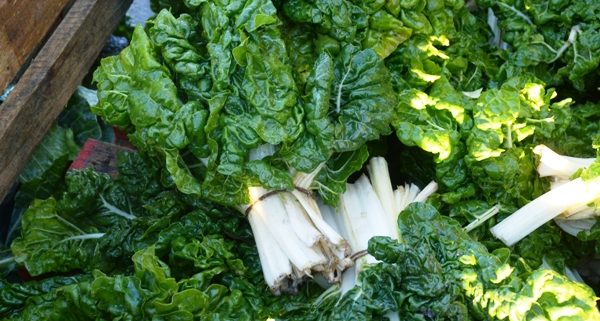Loretta Visagie – African Farming
Winter is upon us with colder, drier weather in the summer rainfall regions and the winter rains starting in the Western Cape. War in the Ukraine has had some serious consequences for farmers with frightening price increases in animal feed, fuel and fertiliser. But farmers are survivors, capable of making and implementing the type of decisions to get through the harshest of winters.
SPINACH
Loretta Visagie, Klipkop, Vanderbijlpark, Gauteng
We have three hectares under shade nets where we grow spinach, which is our main crop. We are currently taking out the old crop from two hectares so that we can start replanting.
Once we’ve taken out the old crop, we’ll start with land preparations. To prepare the soil, we rip and disc before we make the seed beds. We put down animal manure that we source from our own animals. Then we’ll start planting.
Two days after planting we fertilise with 2:3:2 and two weeks after that we put down LAN. We spray depending on the pests and diseases that are prevalent at the time and scout weekly to see which insects are about.
Spinach is an easy crop because you’ll start harvesting from six to eight weeks after planting and then carry on harvesting for at least three months. We also plant broccoli and cabbage on request from Harvest Fresh.
Currently, I’m trying out Chinese spinach and rape in the open field after numerous requests from my hawker clients. This is the first time I’ve planted these crops and they are already looking good in less than a month.
I’m also running a trial on an Indian herb called saffron which is the world’s most expensive spice. I have just completed a training course on growing saffron and it is said to be a difficult crop but there is a lot of value to producing saffron if one succeeds.




Leave a Reply
Want to join the discussion?Feel free to contribute!